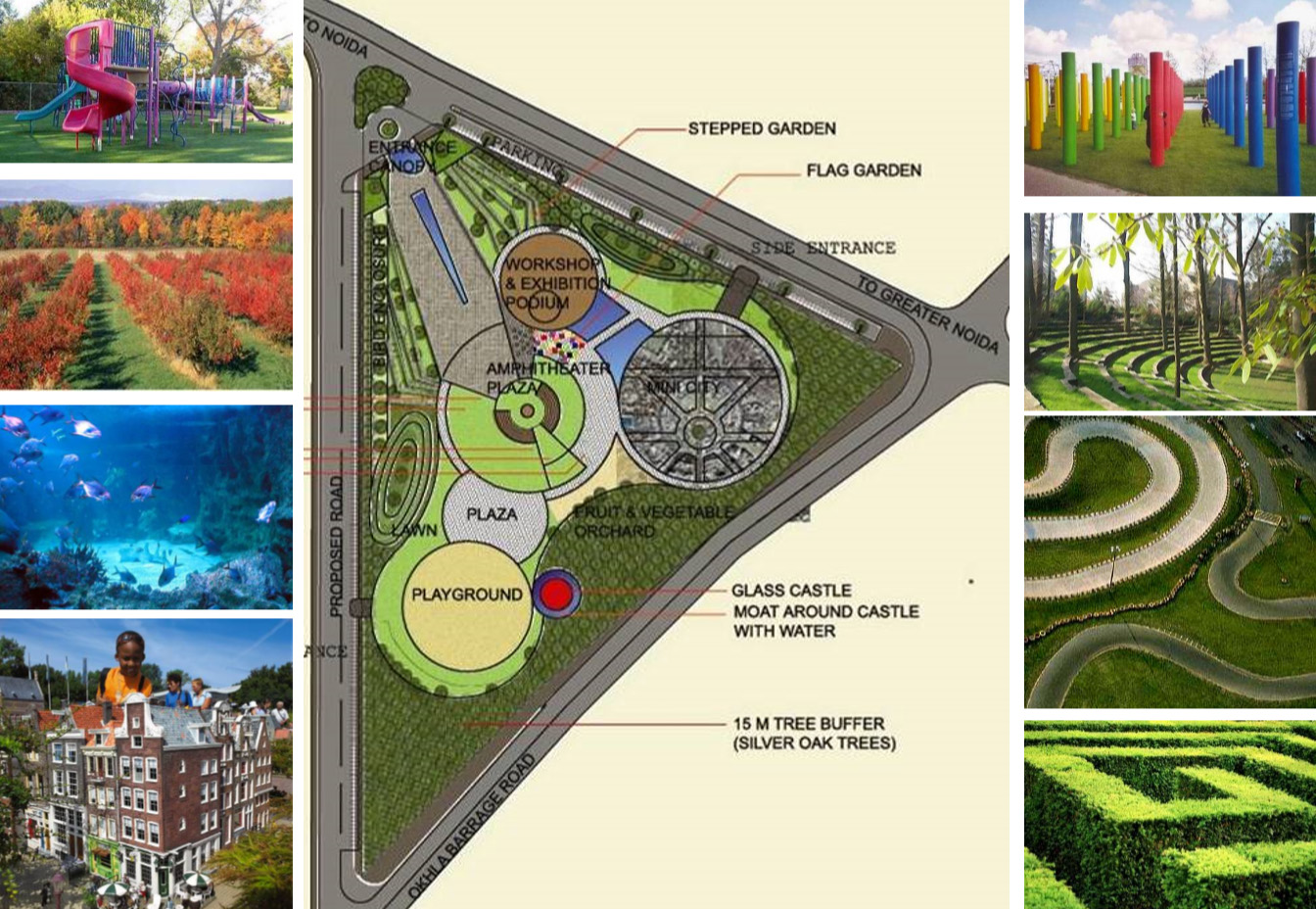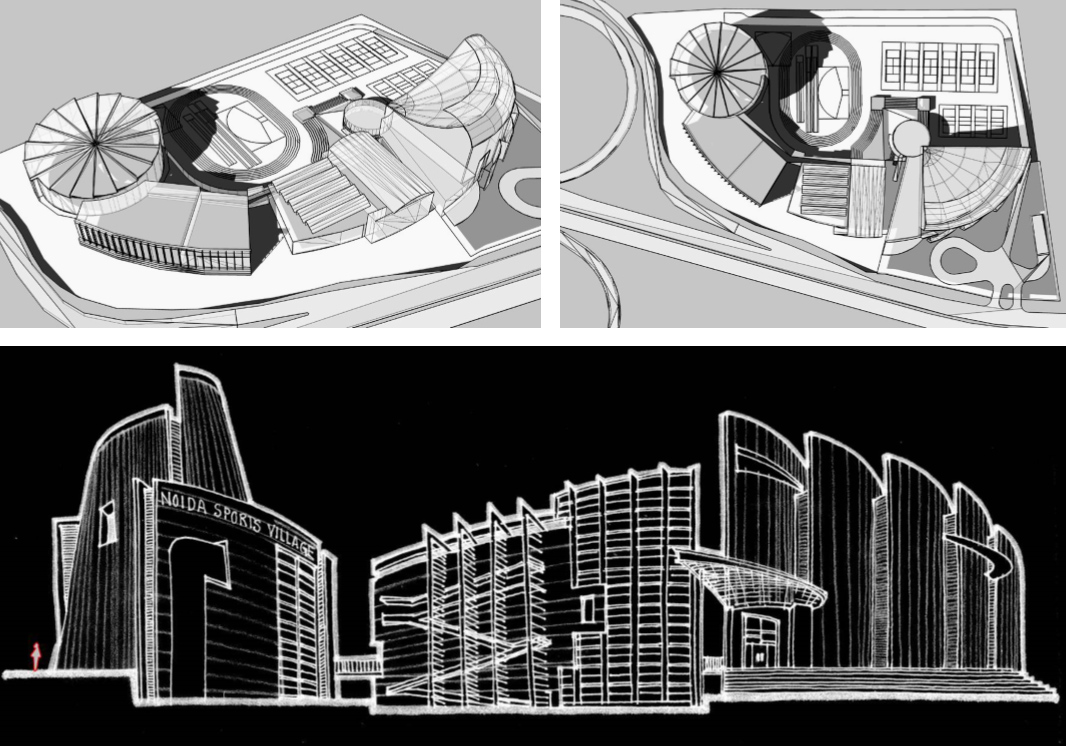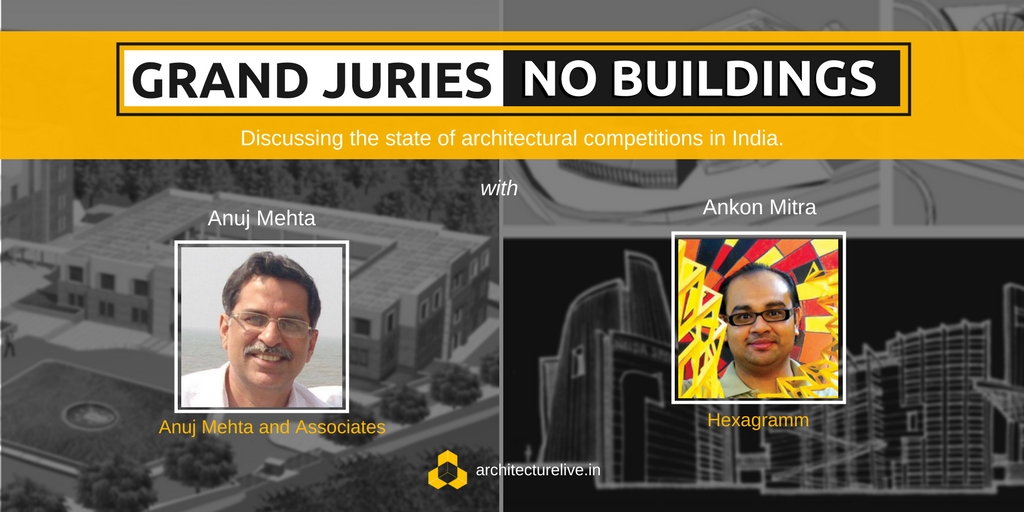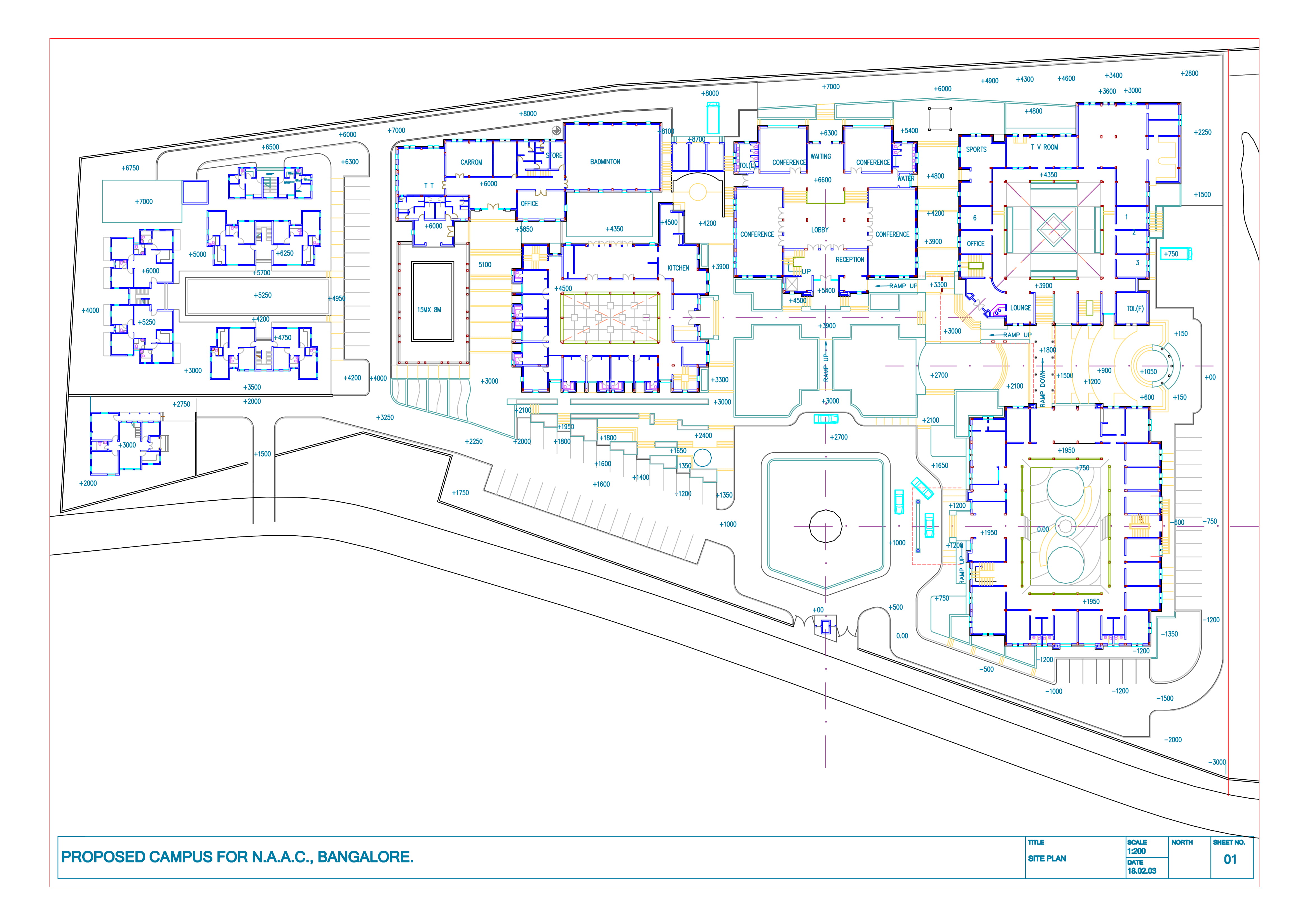The previous post on the state of architectural competitions in India has received tremendous response from the architectural fraternity. The sentiment around the competition is pretty much universal, most architects are on the receiving side of a totally disappointing experience. This article is a continuation of the previous article, with two more architects sharing their experience. In case you have missed the previous article, it can be found HERE.
Architect Ankon Mitra from Hexagramm shared,

 We were informed that only a firm/registered company/studio would be awarded the project. We decided quickly and established Hexagramm Design Workshop in April 2007. Elections in Uttar Pradesh led to the change of government in May 2007 from the SP to the BSP. The project was shelved. Last heard, the project was being revived again in 2013 after the government had again changed in 2012 from the BSP back to the SP. A competition was again being planned.
We were informed that only a firm/registered company/studio would be awarded the project. We decided quickly and established Hexagramm Design Workshop in April 2007. Elections in Uttar Pradesh led to the change of government in May 2007 from the SP to the BSP. The project was shelved. Last heard, the project was being revived again in 2013 after the government had again changed in 2012 from the BSP back to the SP. A competition was again being planned. He also has a suggestion on how to improve the situation,
“I would suggest a ‘Design Competitions Commission of India’ or DCCI. It would act as a Statutory Body with which a Competition would need to get registered to have any validity. If a competition is not registered with the DCCI, it would be invalid and no one in India would want to take part in a such a competition. It would be like an ISI Mark for any design competition that an Indian organization would like to hold. The registration would rely on a set of norms called the ‘Design Competition Code’ or DCC. Any competition that does not follow the basic norms of the DCC would not be given registration by the DCCI.
Once registered, the competition would not be able to go back on its terms of reference, rules and the DCC that would govern it. Scrapping or significantly modifying the goals of a Design Competition after it is held, would automatically make the Organization or individual that floated the competition liable for financial penalties as deemed fit by the DCCI. The verdict of the DCCI would be binding.
All Design Organizations in the country such as the SPAs, CEPT, JJ, NID, ADI, IIID, IIA, COA and many more should come together to establish this nodal body for the health and well being of the design competition ecosystem of the country in the future. Otherwise, nobody in the future would take part in any competition, as even now the design community’s trust in the validity of design competitions currently stands completely eroded. “
It has also emerged that in many cases there have been demands for bribery from the winning architects to secure the work order for the projects. On a similar note Anuj Mehta, an architect based in Delhi, shared that their firm, Anuj Mehta Architects has just stopped partcipating in government competitions, because of two bad experiences. His statement below:
We participated in the Architectural design competition of NAAC campus at Bangalore in 2003 . We were informed verbally that we have won the competition . However the following day we were informed that the result had been withheld due to some issue. A week later when the result was finally declared , we were given the Second prize and a Bangalore based Architect was given the First prize. We wanted to fight for this, but were advised by the seniors in the profession that it was how things happen in architectural competitions in India.
After a gap of five years we participated in the competition for DDA housing at Dwaraka in 2008 . This time we were declared the winners in the design stage by a panel led by the then chief Architect Mr Dewan. However the Executive Engineer of the zone made us run around so much for awarding the contract that we gave up in disgust and walked away from architectural competitions forever.












